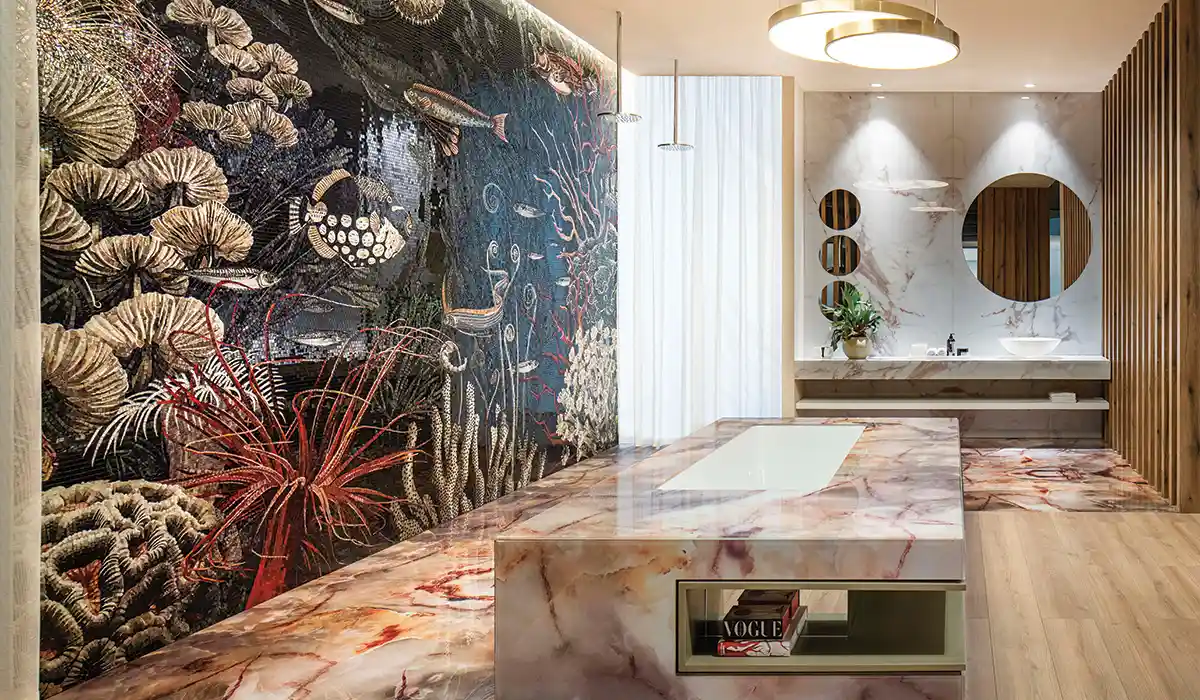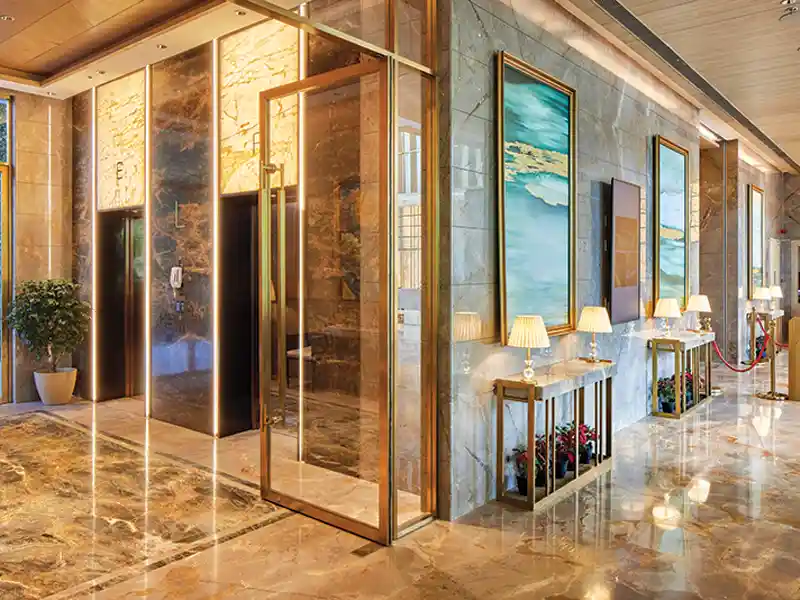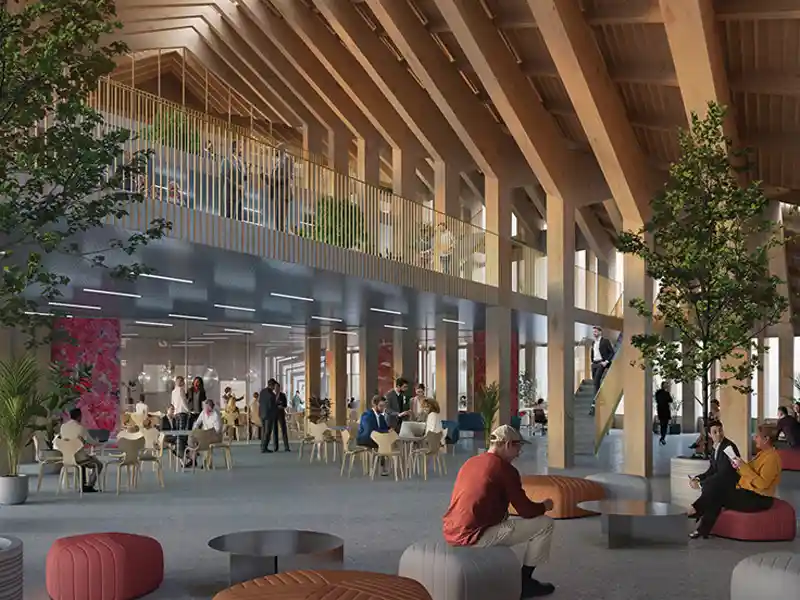
A survey conducted by Dezeen revealed that only three out of the world’s top 100 architecture firms are led by women, and a mere 10 percent of the highest-ranking jobs at these firms are occupied by women. In addition, 16 firms do not have any women in senior positions. This under-representation of women in architecture may stem from a widespread mindset that the field is reserved for men, with stereotypes suggesting that only men can manage large projects, coordinate with laborers, and handle big clients. As a result, women are often pigeonholed into the design industry or pushed toward smaller architectural firms, despite their capabilities and potential to lead in the field.
In the context of India, skin color is generally not a significant factor when it comes to women in architecture and design, as the population already exhibits a diverse range of complexions. However, religious barriers may present obstacles for women in the field. When a woman in architecture or design seeks to expand globally, the issue of skin color may arise, with the perception that Indian or darker complexions may not be able to compete with their American or European counterparts in terms of design or architecture. This perception is a reflection of the larger problem of women of color being undervalued in the industry.
For women considering a career in architecture and design, there are a few important things to keep in mind. Firstly, it is crucial to research and prepare for entrance exams at top colleges. In addition, gaining experience is invaluable, so women should not hesitate to take on opportunities to work with well-known firms or established architects, even if it means working for little or no pay. Networking is also a crucial skill in this industry, so it is important to build relationships and make connections. Finally, developing a strong professional approach, including a focus on continuous learning and honing of skills, can help women succeed in the field.

Both the government and companies have an important role to play in ensuring the inclusion of women in the architecture and design industry. From a policy perspective, the government can strengthen legal systems aimed at eliminating discrimination against women, change societal attitudes and community practices through active participation of both men and women, and mainstream a gender perspective in the development process.
On the other hand, companies can promote gender equality in the workplace by being transparent about wages, ensuring that women are not receiving less than men in equivalent roles. Pay brackets can provide an indication of reasonable wage expectations for a particular role, encouraging female applicants and employees to negotiate their wage. Furthermore, companies can prioritize the safety, hygiene, and overall working conditions of their female employees to ensure that they have a comfortable and secure workplace environment.















